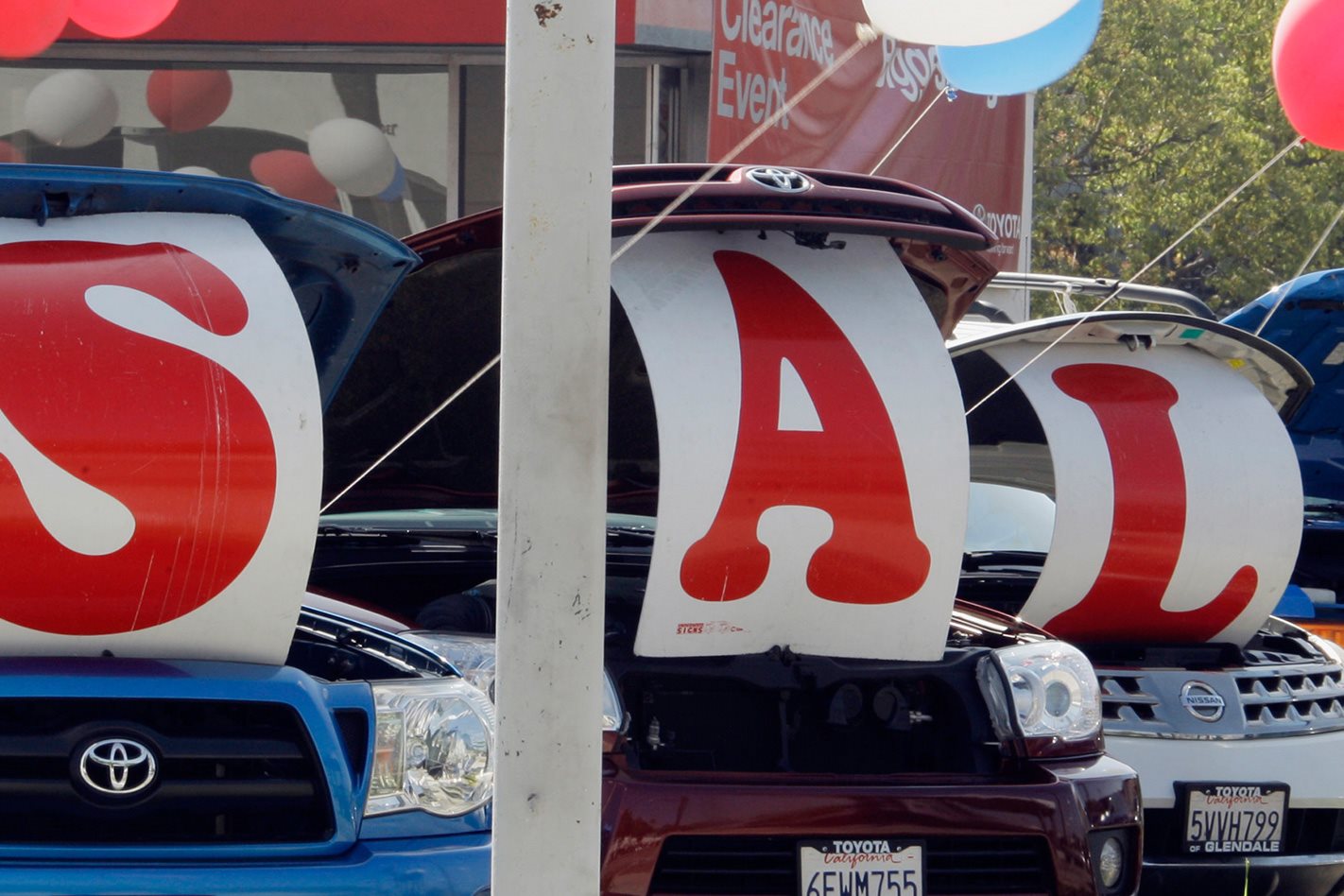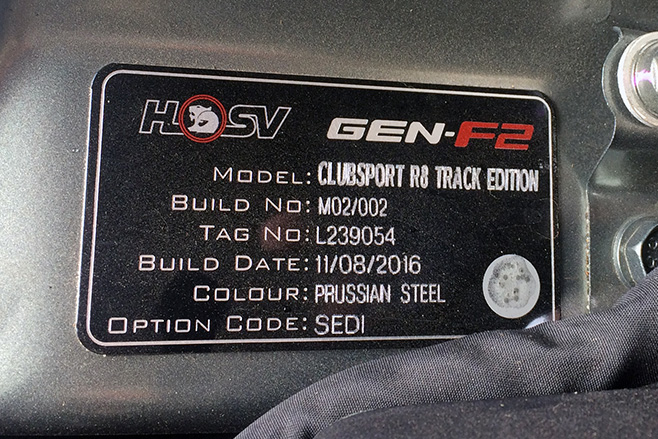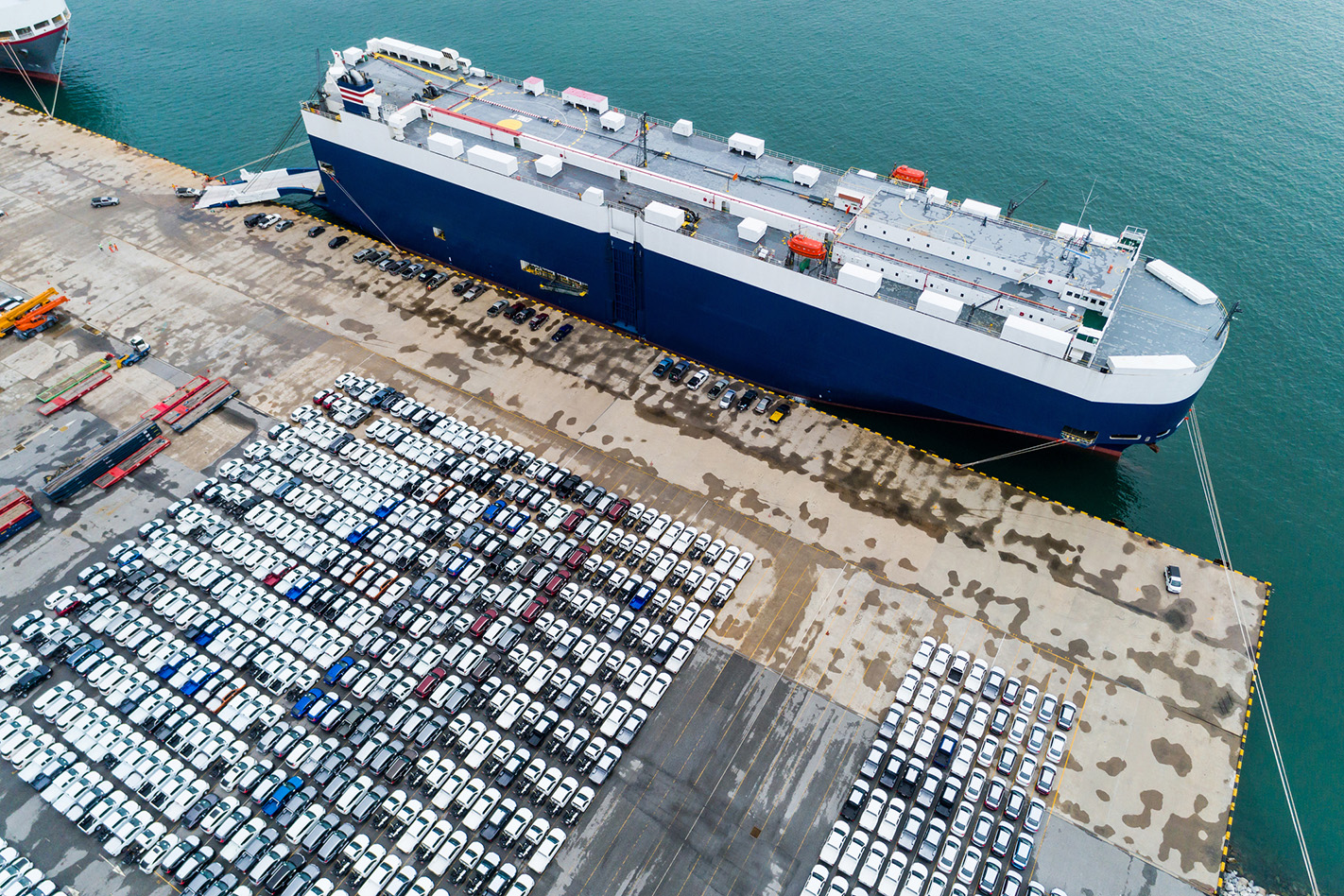
There are always good discounts to be had when car dealers need to get rid of stock to make way for a new model. This not only happens when manufacturers introduce all-new or updated versions of a particular nameplate, but at the start of the calendar year when they want to move as much previous-year stock as possible.
The latter is called a plate clearance, which relates to the date stamped on the car’s build plate.
Among other things, the build date tells you when the car rolled off the production line and shouldn’t be confused with the registration date, or compliance date which relates to when a car was certified for sale in Australia.
The compliance date is usually later than the build date, and while it determines the model year of a car when new, it is the build date that a car will always be valued by.
Why is the build date important?
Quite often there will be no difference between cars built either side of New Year’s Day. For example, a Hyundai i30 built in October 2019 might sell on the same day as an identical car built in February 2020, however, it will always be defined as an older car because of its build date.

This will often have an impact on depreciation and resale value, though the money saved at a plate clearance sale could negate these especially if the car is well looked after.
Even so, new car buyers generally want a car built in the same year they’re forking out their hard-earned, so it’s the car dealer’s job to clear stock from about December. That often means discounts or other incentives such as cash-back deals, extra equipment or covering on-road costs for free.
This carries over into the New Year where the older build plates are even less appealing, which is why you’ll often see sales in February just before the first ships arrive with current-year stock.
Checking the build date
Regardless of the time of year you’re buying in, it’s worth checking a car’s build plate so you’re aware of its model year. That info could give you leverage when the time comes to negotiate with the dealer.

Remember, some imported cars spend up to a month on a ship before getting here so a car built in Europe late last year might not even make it to an Australian showroom until well into this year. And there could be further delays this year with issues such as stink bugs and even the coronavirus.
If the car you want was built last year you may choose to look for something newer or negotiate a better price – about four percent off is reasonable.
The build plate is typically found under the bonnet of the car and has information stamped into it such as the paint code, build or body number as well as the build date. Can’t see it? You might find it inside one of the door openings.




